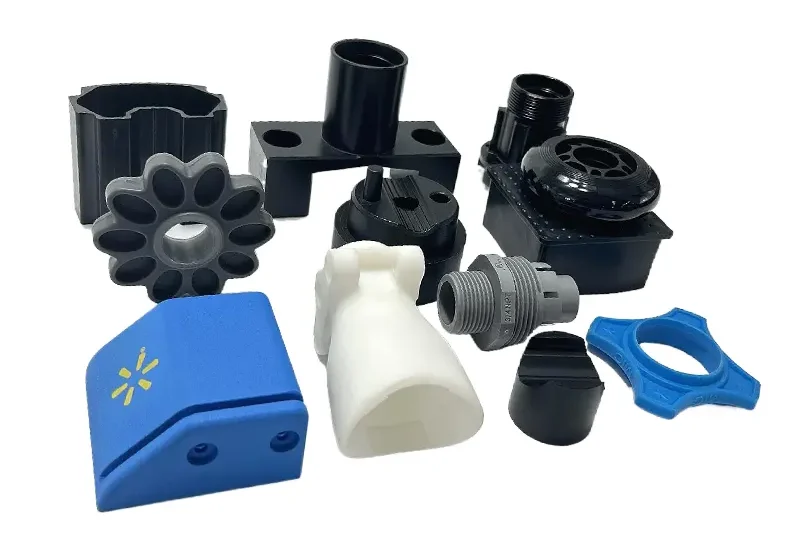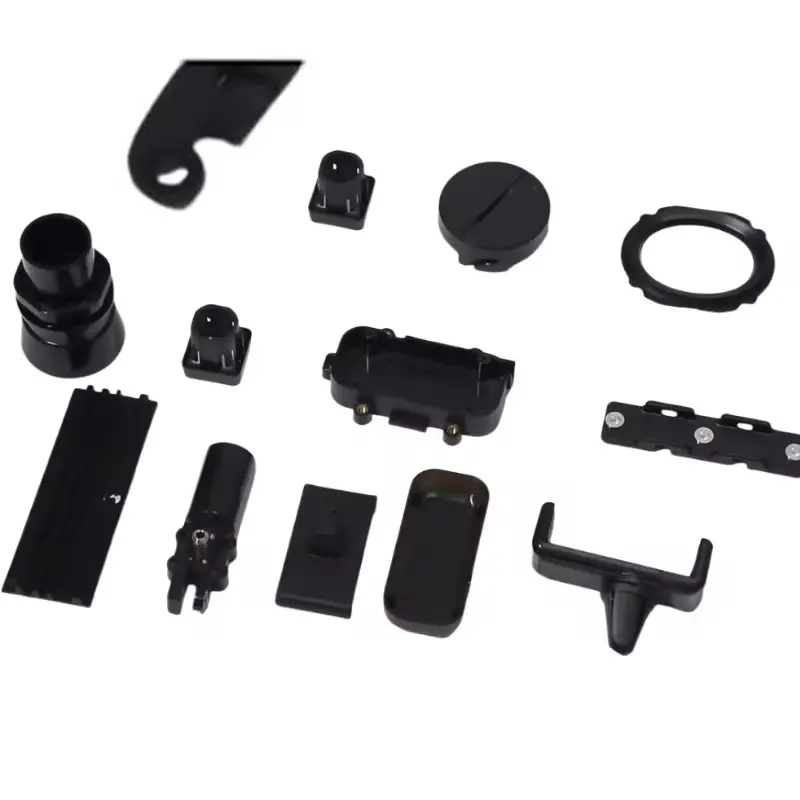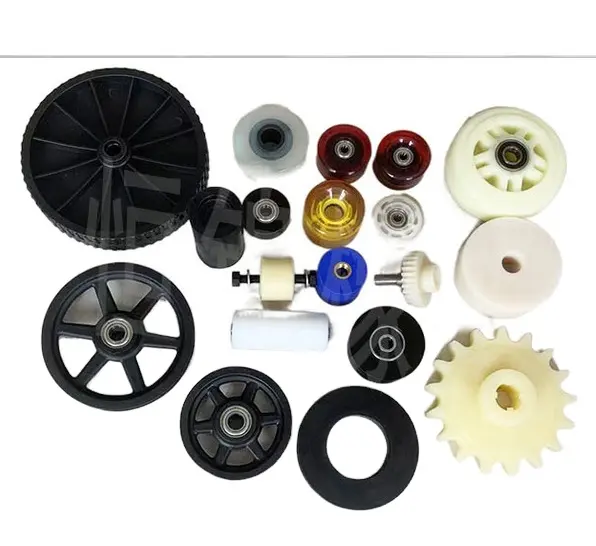- April 28, 2025
- Posted by: feinuojixie
- Category: Injection Molding News


The automotive industry is a relentless pursuit of precision, innovation, and reliability. Every vehicle component must meet strict standards to ensure optimal performance and driver safety. In this demanding landscape, injection molding automotive parts have become a cornerstone of modern vehicle manufacturing. This advanced process delivers the high-quality components that manufacturers need, combining precision engineering with cost-effective production. As vehicles become more complex and consumer expectations rise, understanding the advantages of injection molding automotive parts becomes essential for anyone involved in the automotive sector.


Unmatched Precision and Consistency with Injection Molding Automotive Parts
When it comes to automotive manufacturing, precision is not a luxury but a necessity. Injection molding automotive parts deliver unparalleled dimensional accuracy, ensuring each component fits perfectly into the broader vehicle assembly. Thanks to the high-pressure molding process, even the most intricate designs can be replicated with minimal variation between units. This level of consistency greatly reduces the risk of mechanical failures, enhances safety, and streamlines the assembly line, making injection molding automotive parts a preferred choice among leading manufacturers worldwide.
Enhanced Material Strength for Superior Automotive Component Performance
Modern vehicles require parts that are not only lightweight but also exceptionally strong. Injection molding automotive parts are produced using advanced polymers and composite materials that meet these exact needs. These materials offer excellent strength-to-weight ratios, allowing vehicles to maintain structural integrity without adding unnecessary mass. Stronger parts contribute directly to better crash resistance, improved handling, and higher fuel efficiency. By selecting specialized resins during the injection molding process, manufacturers can tailor automotive parts to withstand extreme temperatures, chemical exposure, and mechanical stress, ensuring longevity and reliability.
Cost Efficiency at Scale: Why Injection Molding Automotive Parts Dominate Production
Cost control is a critical factor in the automotive industry, where profit margins can be tight. Injection molding automotive parts offer remarkable cost efficiency, particularly when large quantities are required. After the initial investment in molds and setup, the cost per part drops significantly with increased production volume. The speed of the injection molding cycle further enhances productivity, allowing thousands of identical components to be produced rapidly. This efficiency not only lowers manufacturing expenses but also supports competitive vehicle pricing, providing value to both manufacturers and consumers.
Design Flexibility to Meet Evolving Automotive Innovation
Innovation in automotive design demands a high level of flexibility in component manufacturing. Injection molding automotive parts provide engineers with the freedom to create complex shapes, integrated features, and lightweight structures that traditional manufacturing methods cannot easily achieve. Whether it is intricate internal channels for fluid management or aesthetic exterior panels, injection molding supports creativity without compromising structural performance. Moreover, rapid prototyping through injection molding enables faster testing and refinement of new designs, accelerating the journey from concept to showroom.


Environmental Sustainability Through Advanced Injection Molding Automotive Parts
Sustainability has become a driving force in the automotive sector, and injection molding automotive parts are playing a significant role in this transformation. The process itself is highly material-efficient, minimizing waste through precise injection and reusable scrap. Many automotive manufacturers are increasingly using bio-based and recycled polymers in injection molding, reducing the environmental footprint of production. Additionally, the lightweight nature of injection molded components contributes to lower vehicle emissions by enhancing fuel efficiency. As the industry moves towards greener practices, injection molding stands out as a responsible manufacturing choice.
Conclusion
Injection molding automotive parts offer a powerful combination of precision, strength, cost efficiency, design versatility, and environmental sustainability. These advantages are not just beneficial but essential in today’s fast-evolving automotive landscape. As consumer expectations grow and technological innovation accelerates, manufacturers who leverage the full potential of injection molding automotive parts will be better positioned to lead the future of mobility. Understanding these key benefits helps stakeholders make informed decisions that drive quality, profitability, and sustainability in the automotive industry.
